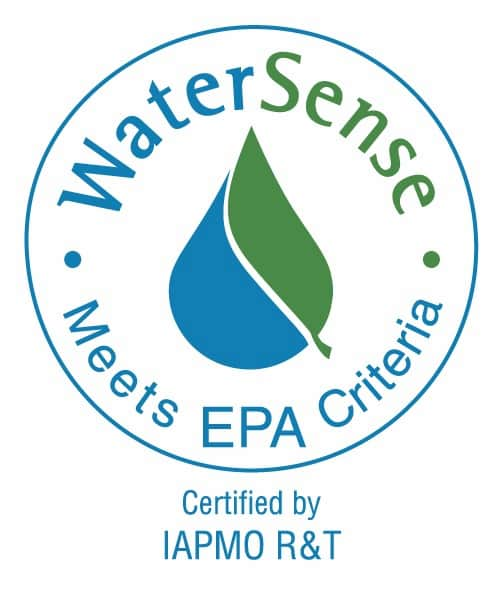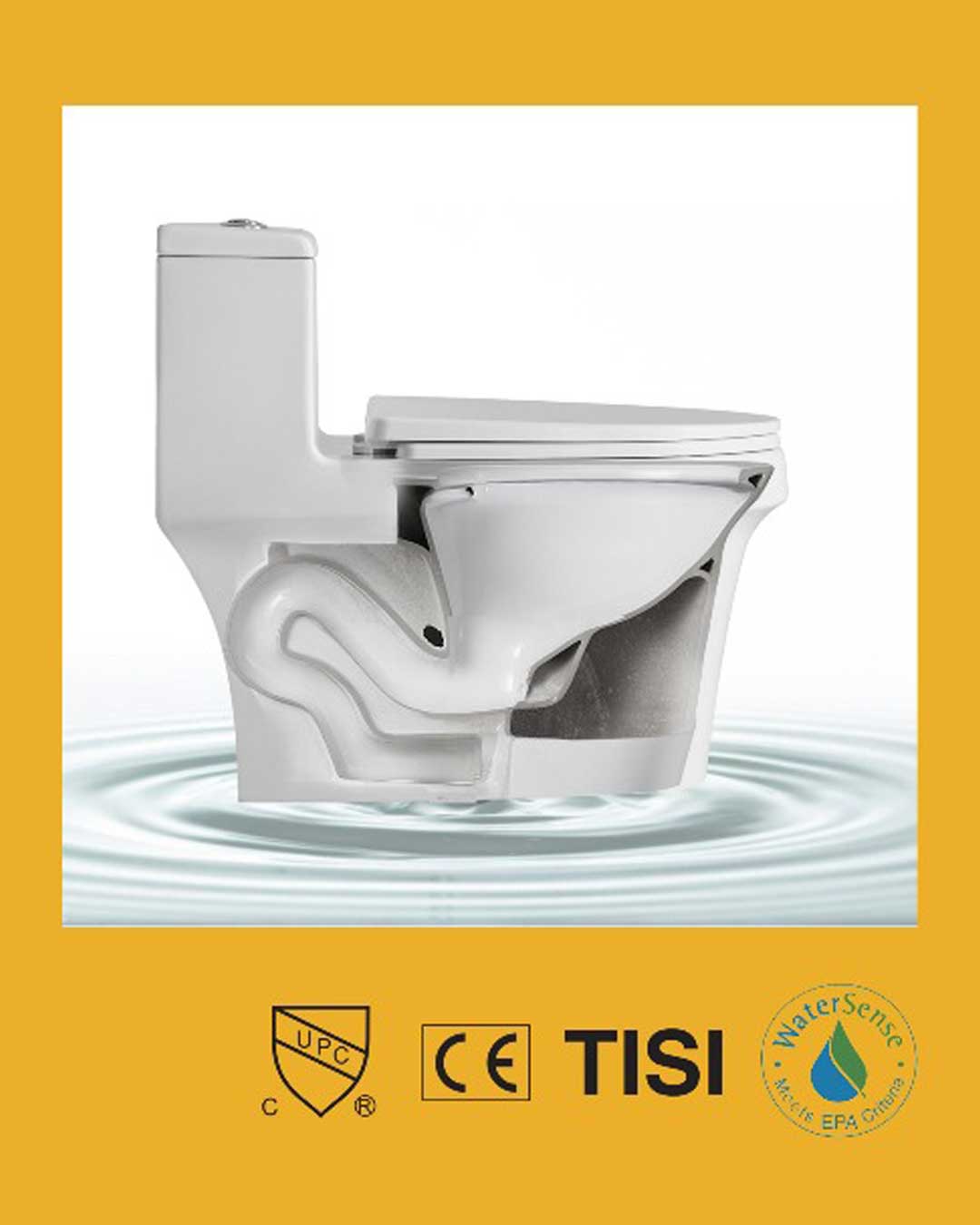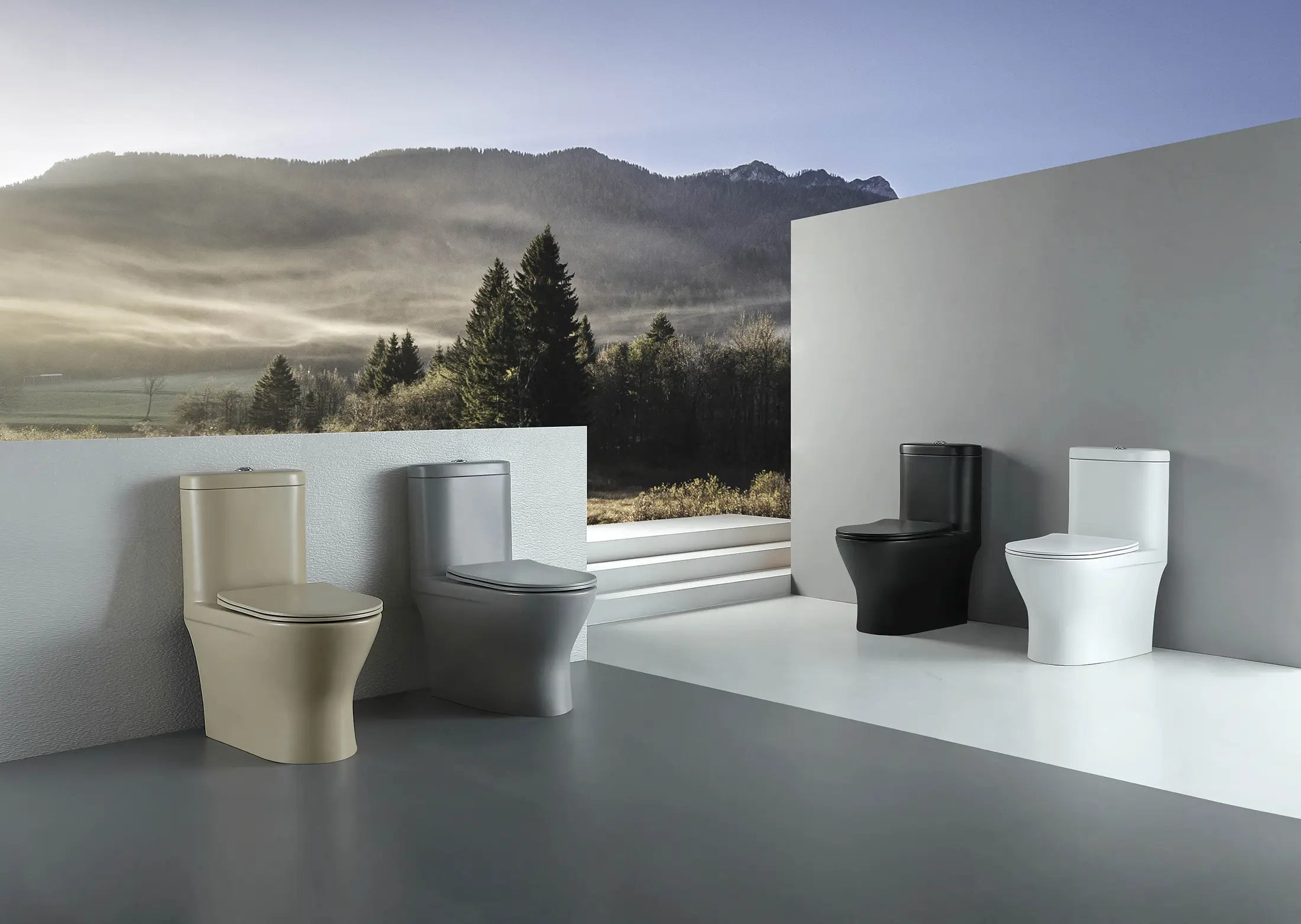There are many sanitary ware certifications for plumbing codes/norms in the world and so are standards. Certifications are approvals that third-party entities grant to the producers who meet certain production standard which complies a norm or code.
There are several norms or codes such as the American, Canadian, Mexican, Colombian, Chilean, Chinese, Japanese and so on. Those plumbing codes may share -or not- the same standard. The Colombian norm, for instance, refers to the same American standard ASME A112.19.2-2018/CSA B45.1-18 as well as the Canadian code:
c-UPC
The UPC certification stands for Universal Plumbing Code in United Stated and and “c” stands for an extension to the Canadian plumbing code. Then both countries’ code share the same Standard as mentioned above set by the American Society of Mechanical Engineers (ASME).
The c-UPC is a complex certification process. No many factories can pass this revision because to meet the standard is quite demanding regarding quality assurance and products compliance. Factory audits and product testing are performed by the certification body, and adjustments must be done to meet the standards. This is also a very expensive process because the certificate must be renewed each year.
The certification is a guarantee to clients that products marked as UPC comply with the American plumbing code and therefore products will not have problems on installation or connection with the plumbing system in the country: tubes, sewage system, flanges, inlet valves, threads or so on.
The certification also requires certain performance and functioning test which products must comply with. For toilets, the flushing performance is a minimum of 250 grams evacuation capacity and maximum 6 liters per flush.
It also establishes a set of rules regarding the finish to prevent appearance flaws such as pin holes and many more.
For basins, the rules are clear regarding the drain flatness and roundness to guarantee the perfect functioning of the drain valve.
On conclusion, this certification Lovex Sanitary Ware has proudly achieved by a thorough revision process of its products and production, grants great satisfaction to our consumers and tranquility to our distribution network around the world who know they are supported by a solid factory research and development team.
Please find our certified products marked in our catalogue with the c-UPC logo, like this:
List of current certified products:
File No. 11521
File No. 11522
Water Sense
Water Sense is a certification aimed to save water in the United States. It is granted to toilets which are High Efficiency Toilets (HET). It means they use 20% less water than the standard 6 liters flush toilet. So, water sense toilets flush in average a maximum of 4.8 liters.
Consumers with Water Sense Certified Toilets can apply for rebates on the monthly water bills to utilities companies within United States.
Consumer should look for the Water Sense label in the toilets:
We proudly introduce to you our Certified toilets:
File No. 11523
Main facts by EPA.gov:
“Recent advancements have allowed toilets to use 1.28 gallons per flush or less while still providing equal or superior performance. This is 20 percent less water than the current federal standard of 1.6 gallons per flush. The WaterSense label is used on toilets that are independently certified to meet rigorous criteria for both performance and efficiency. Only water-saving toilets that complete the certification process can earn the WaterSense label.
Toilets are by far the main source of water use in the home, accounting for nearly 30 percent of an average home’s indoor water consumption. Older, inefficient toilets that use as much as 6 gallons per flush also happen to be a major source of wasted water in many homes.
By replacing old, inefficient toilets with WaterSense labeled models, the average family can reduce water used for toilets by 20 to 60 percent—that’s nearly 13,000 gallons of water savings for your home every year! They could also save more than $140 per year in water costs, and $2,900 over the lifetime of the toilets”.



